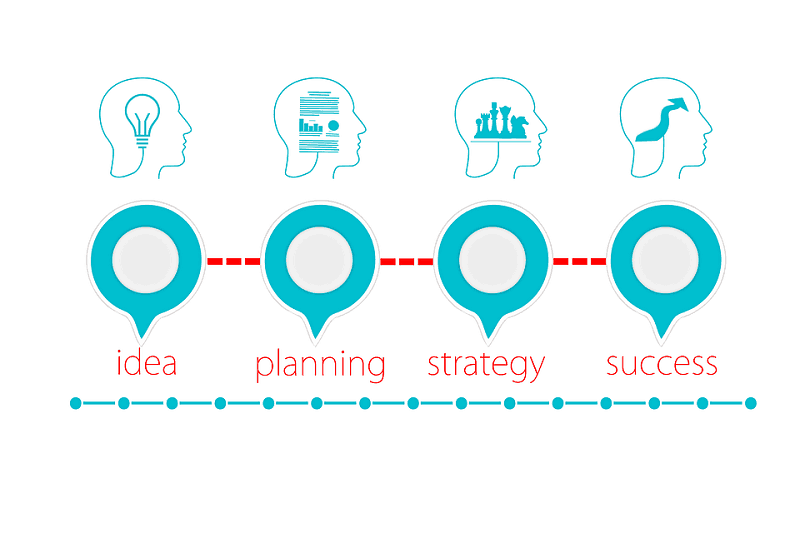One of the hardest-hit sectors during the COVID-19 pandemic was the restaurant industry. The nature of the way people dine out upended overnight. Establishments everywhere scrambled to keep money flowing into an already tight margin business model.
The pandemic hit full-service restaurants the most. National Restaurant News reported more than 79,438 restaurants in the United States closed permanently, or around 10.2%. In addition, food trucks took a hard hit, with 22.5% shutting down. However, quick-service places did slightly better, with closures around 9.8%.
Which businesses survived the rapid shifts in the economy and social norms? Some were agile enough to adapt to the changes and keep business coming in through social distancing guidelines and people’s fears. The way the industry looks changed forever, but it’s set to make a comeback in 2021.
You can expect a few changes and challenges in the coming years. Here are some ways you can embrace the new playing field.
Table of Contents
1. Create a Vibe
Although chains often fared better during the pandemic, many mom-and-pop restaurants survived the storm. Most of these places had a unique angle and excellent food. If you own a small cafe without a lot of personality, rethink your concept.
How can you draw people in and make them want to return with family and friends? The fresher your take, the better you’ll do. But at the same time, you need food most people enjoy eating. While fusion restaurants have their place, the combinations aren’t always popular with all diners. So make sure your patrons are ready for your menu.

2. Figure Out Social Distance and Capacity
The coming year is an excellent time to improve operations and figure out how to maintain social distancing while remaining profitable. While the number of coronavirus cases is on the decline, new variants are in the U.S. There may also be other infectious diseases trailing behind.
While local governments ease restrictions, smart owners still follow CDC guidelines to set table distances and keep patrons and employees safer. You can use people counting systems to monitor how many are in your establishment and adapt as needed.
3. Prepare for Demand
In a recent survey by the National Restaurant Association, researchers found consumers are tired of the very limited dining out options. Pent-up demand is growing, with roughly 83% of diners saying they’d like to eat out on-premises more often than they currently are.
When things fully reopen, expect a surge of business. Make sure you have the staff, supplies and space to accommodate the increased demand. Now is the time to ramp up your processes to speed things up. Add a few tables to an outdoor patio. Train servers, cooks and bussers to work efficiently and get customers in and out rapidly.
4. Embrace New Concepts
Although the restaurant industry is set to make a comeback, it is forever changed by the events of 2020. Although people want the option of dining in-house again, they also love the convenience of carry-out and delivery.
Embrace new technology allowing them to order online or reserve seating via text message. To reduce overhead and wasted food, some chefs have gone to a pre-order concept where they take a limited number of orders for a single-option menu. They then deliver or have a pickup.
Don’t be afraid to try new things to keep the cash flowing, like turning your home into a restaurant.
5. Find Great Employees
The US Department of Labor recently reported some dismal numbers for the restaurant industry trying to attract and keep workers. A record 5.6% of restaurant workers quit in April, while job openings increased to 350,000 new positions.
Hiring and keeping excellent staff isn’t easy, particularly in a business where people put in long, grueling hours with no promise of tips. The situation is particularly difficult for restaurant owners already operating on thin margins. The idea of paying workers more and adding benefits may not even be a possibility for some.
You can attract and keep staff with a few concepts. First, offer perks, such as flexible schedules and as much base pay as you can afford. You can also offer benefits chains don’t, such as a few sick days or helping pay for college classes related to the industry.
Survey your current workers about what would entice them to say and offer the things you can. The labor shortage is a serious issue for small business owners striving to make a profit, so you may need to get creative, hire younger workers or take a chance on a retired senior citizen.
6. Invest in Automation
More restaurants are turning to ordering kiosks and automation as we move toward a more technological age. However, the increase in labor costs and lack of qualified candidates makes these options even more attractive.
One drawback to computer models, however, is you lose the human touch with your customers. They may not feel the same sense of loyalty they do to the hostess greeting them by name when they arrive at their favorite restaurant.
Make sure you adapt to the changing industry while still keeping old principles such as customer-centric service. At some point in the dining out process, people need interaction with another human and a connection to the personalities working there.
Uneven but Positive Recovery
Although the economic recovery won’t happen overnight, things are looking up for most business owners. Keep your menus streamlined and costs as low as possible. Expect periods of demand and slow times. Allow time for customers and businesses to adapt to a new world with more technology, less contact and better methods.
If you’ve been holding on by a thread, know the end is in sight. People want to go back to dining out. They’re just waiting for the opportunity to do so, and you’ll be ready to take advantage of the increased need.
Provided by Quikserv a leader in drive thru window systems




















The vibe will be huge Eleanor. Many folks are dying to return to eating out; selling this crowd is no big deal. But the legions of folks deeply scared of going out to eat need a confident, relaxed, playful vibe in these meeting spots to get back to dining out. I feel these spots are up to it. I have been eating out for many months now; first in the NE USA, and now in Panama for 5 months. I love dining at restaurants.
Ryan